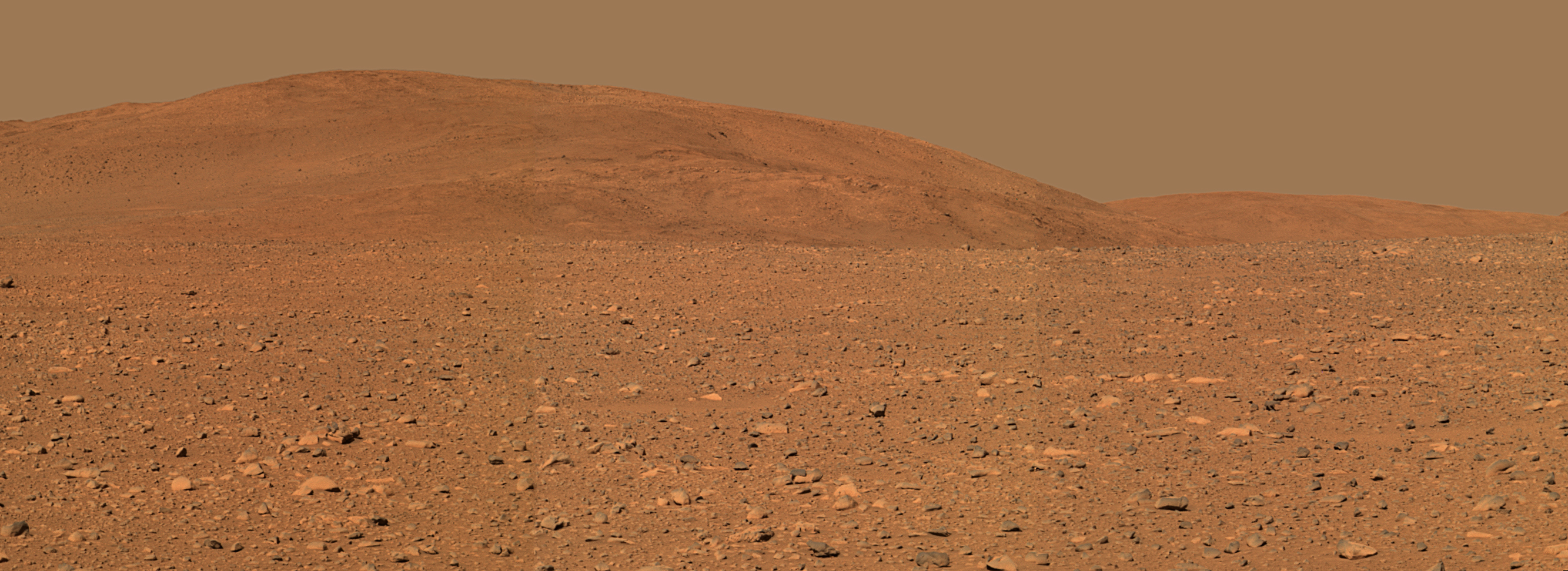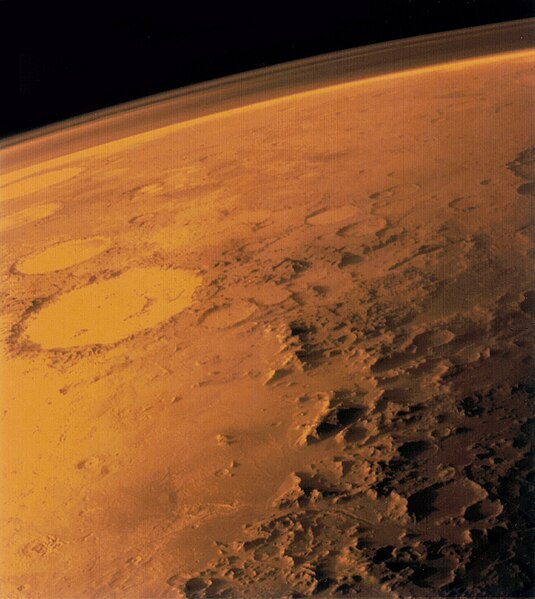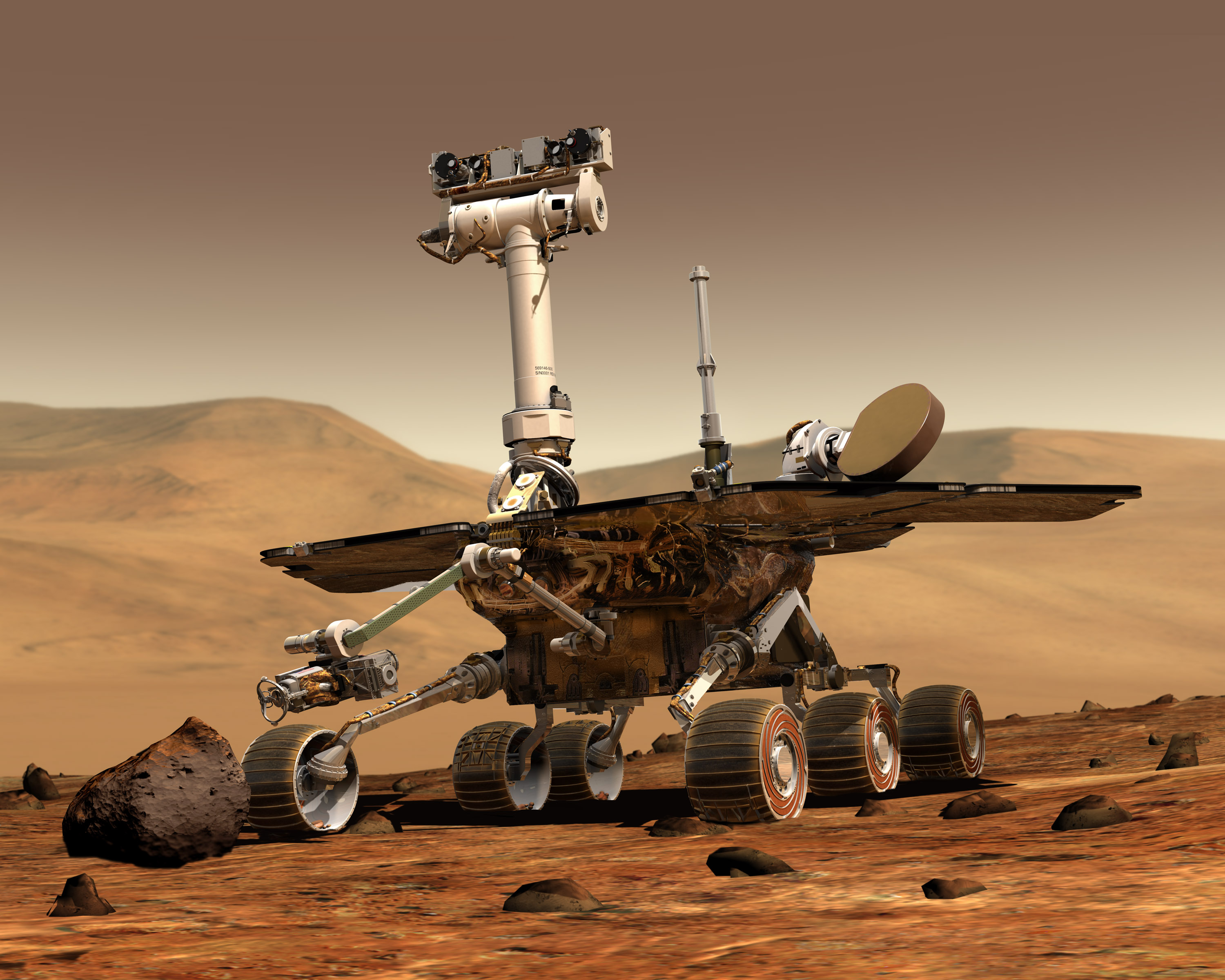Geography
Mars, the fourth planet from the Sun, is known for its red appearance caused by iron oxide on its surface. It is home to Olympus Mons, the tallest volcano in the solar system, and Valles Marineris, a canyon system over 4,000 km long.

Atmosphere
The Martian atmosphere is thin and composed primarily of carbon dioxide (95.3%), nitrogen (2.7%), and argon (1.6%). This makes it unsuitable for human respiration but allows for breathtaking views of its reddish skies.

Exploration
Humanity has sent numerous missions to Mars, including rovers like Perseverance and Curiosity, which continue to uncover its secrets. Other notable missions include the Mars Express Orbiter and the Ingenuity Helicopter.

Interesting Facts
- A day on Mars (called a sol) is 24 hours, 39 minutes, and 35 seconds long.
- Mars has two moons: Phobos and Deimos, both of which are irregularly shaped.
- The average surface temperature on Mars is -80 degrees Fahrenheit (-60 degrees Celsius).
- Seasonal changes occur on Mars, including dust storms that can cover the entire planet.
- Mars has polar ice caps made of water and dry ice (frozen carbon dioxide).
- The gravity on Mars is about 38% of Earth's gravity.
- Methane has been detected on Mars, hinting at possible geological or biological activity.
- The first successful flyby of Mars was by NASA's Mariner 4 in 1965.
- Olympus Mons is nearly three times the height of Mount Everest.
- The thin atmosphere allows temperatures to vary greatly, from -195°F (-125°C) at the poles to 70°F (20°C) near the equator during summer.
- Mars has the largest dust storms in the solar system, lasting for weeks and covering the entire planet.
- A year on Mars is 687 Earth days long.
- Mars has been studied using more robotic missions than any other planet.
- Liquid water cannot currently exist on Mars' surface due to the low atmospheric pressure.
- In 2021, Perseverance successfully converted some of the Martian atmosphere into oxygen.
Charts and Tables
| Feature | Earth | Mars |
|---|---|---|
| Diameter | 12,742 km | 6,779 km |
| Day Length | 24 hours | 24 hours, 39 minutes |
| Gravity | 9.8 m/s² | 3.7 m/s² |
| Atmosphere | 78% Nitrogen, 21% Oxygen | 95.3% Carbon Dioxide |
| Surface Temperature | Average 15°C | Average -60°C |